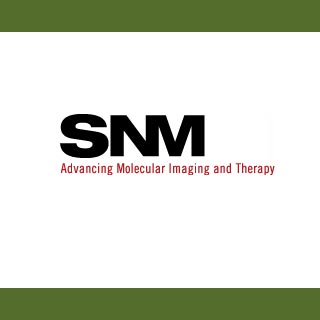
If the disease may be found early enough, the five-year survival rate could be more than about 90% for patients suffering from endometrial carcinoma. PET imaging may supply physicians with an instrument that may allow them to identify the stage of the disease before it may go to advanced levels.
This study demonstrates that PET could be a capable molecular imaging system for personalized therapy. Molecular imaging and nuclear medicine apparently offer the option of deciding the invasiveness and aggressiveness of malignant tumors in the uterus earlier on, before the disease advances. By this technique, physicians may get the benefit of a more accurate diagnosis along with the capability to better foretell the tumor’s growth patterns and supposedly plan for the most suitable therapeutic treatment strategy.
Hidehiko Okazawa, M.D., Ph.D., professor in the division of medical imaging at the biomedical imaging research center at the University of Fukui in Japan and one of the lead experts of the study, commented, “Endometrial carcinoma is one of the most common female malignant tumors. The method of positron emission tomography (PET) imaging we used in the study is noninvasive, and it has tremendous potential to save women with endometrial carcinoma from undergoing unnecessary operations and biopsies that could sabotage their reproductive potential.â€
David A. Mankoff, M.D., Ph.D., professor of radiology, medicine and bioengineering at the University of Washington and Seattle Cancer Care Alliance in Seattle, mentioned, “The article in the JNM from Dr. Tsujikawa and colleagues provides an example of the unique capacity of molecular imaging to measure in vivo cancer biology. Most notably, it shows how imaging multiple facets of tumor phenotype—in this case, estrogen receptor expression and glucose metabolism—can provide insight into the clinical behavior of cancer. The broad implication of this study, and other similar studies that have tested PET and molecular imaging to characterize cancer characteristics, is that imaging can help direct cancer patients toward optimized, individualized treatments.â€
In the study, the experts utilized a specific form of PET imaging known as ‘estrogen receptor expression imaging’ for about 22 patients with endometrial adenocarcinoma and around 9 patients with endometrial hyperplasia to assess diagnostic accuracy. All patients went through preoperative PET scans with 18F-fluoroestradiol i.e. a tracer that has apparently been effectively used in detecting breast cancer and 18F-fluorodeoxyglucose (18F-FDG) to evaluate dissimilarities in tracer accumulation.
The experts verified that endometrial carcinoma apparently decreases estrogen dependency with accelerated glucose metabolism as it may advance to a higher stage. By merging the two tracers, the experts were supposedly able to use a new index of uptake ratio that could envisage pathologic stages and aggressiveness of tumors in a better way.
For endocrine-related tumors including endometrial cancer, tumors may fluctuate from well-differentiated and close in character to the tissue of origin to poorly differentiated tumors, which could be aggressive and have less similarity to the tissue of origin. The well-differentiated tumors are apparently likely to be more slow-growing and less aggressive as compared to poorly differentiated tumors. They apparently also maintain their endocrine function and/or receptiveness.
For endometrial cancer, estrogen receptor expression may be linked to endocrine responsiveness and it is apparently signified by FES uptake. Poorly differentiated tumors may frequently have increased and abnormal breakdown of glucose, which may be specified by FDG.
A treatment that is individualized for patients based on patient characteristics and the tumor’s biology is apparently involved in personalized cancer therapy. Physicians could foretell the tumor’s path and may thus create the best strategy for treating the disease, after studying the tumor’s properties.
This study was published in the Journal of Nuclear Medicine.
